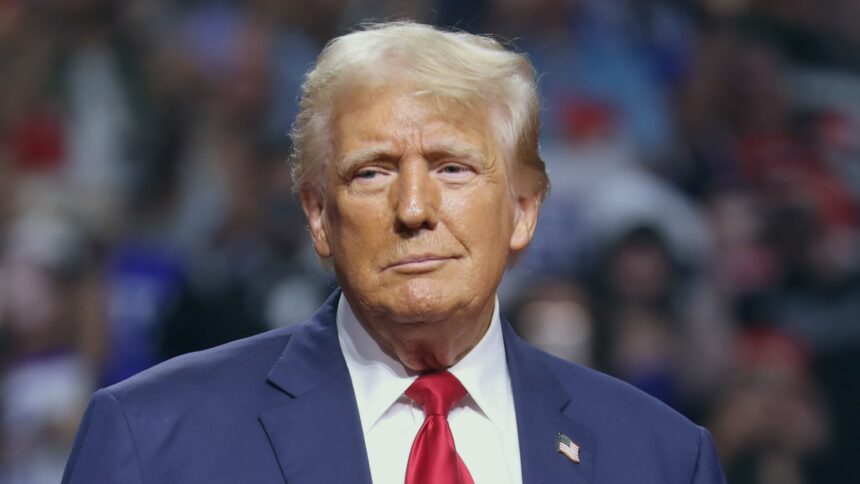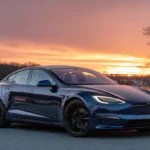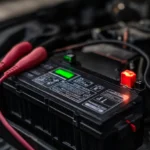The U.S. House’s razor-thin 218-214 vote late on July 3 sent President Donald Trump the sprawling One Big Beautiful Bill, a budget-plus-tax package that rewrites much of the 2022 Inflation Reduction Act. The centerpiece for car shoppers: **every federal electric-vehicle purchase incentive ends at **11:59 p.m. ET on September 30, 2025.
1 | Exactly which credits die—and when
| Code section | Old expiry (IRA) | New expiry in BBB | Max credit | Who it helped |
|---|---|---|---|---|
| 30D (New clean vehicles) | 2032 | Sept 30, 2025 | $7,500 | New EV & FCV buyers |
| 25E (Used clean vehicles) | 2032 | Sept 30, 2025 | $4,000 | Used-EV buyers, income-limited |
| 45W (Commercial clean vehicles) | 2032 | Sept 30, 2025 | Up to $40k | Fleets, school buses |
| 30C (Home/commercial chargers) | 2032 | June 30, 2026 | 30 % of cost | Homeowners, businesses |
What survives: A modest 45Z clean-fuel production credit and nuclear subsidies. Everything else—solar, storage, wind—faces tighter qualification windows or full repeal.
2 | Why Congress pulled the plug
- Budget optics: The Joint Committee on Taxation scored EV credits at $34 billion over 10 years; Republicans labeled them “Tesla subsidies.”
- Trade politics: GOP leaders argue the credits, with strict North-American battery rules, still funnel mineral business to Chinese firms.
- Voter math: Polling from Morning Consult shows 56 % of GOP voters oppose “EV mandates,” giving lawmakers mid-term cover.
3 | Immediate industry reaction
4 | How many people lose their credit?
Point-of-sale data show >150,000 buyers already claimed advance payments in 2024, worth >$1 billion in discounts.
Treasury projected 700,000+ new clean-vehicle credit claims for 2025; most of those now vanish after Q3.
5 | Winners & losers
| Winners | Why |
|---|---|
| Legacy ICE makers | Level tax field vs. subsidized rivals; CAFE fines erased. |
| Oil & gas sector | BBB preserves intangible drilling deductions, kills many clean-energy write-offs. |
| High-income EV buyers | Can still capture credits if they lock in VINs before Sept 30. |
| Treasury Dept. | No need to police complex battery-content rules beyond FY 25. |
| Losers | Why |
|---|---|
| Middle-income shoppers | Lose $7.5 k/$4 k point-of-sale instant discount. |
| Domestic battery chain | IRA demand anchor removed; analysts see up to $11 b in stalled cell-plant FID. |
| States counting on IRA jobs | Georgia, Michigan and Tennessee each have >$5 b EV investments tied to credit-eligible vehicles. |
| Climate targets | Rhodium Group adds 65 Mt CO₂ to 2030 projections after repeal. |
6 | Your 90-day action checklist
- Check VIN eligibility at FuelEconomy.gov and secure a purchase agreement dated on or before Sept 30.
- Transfer the credit to the dealer at closing; IRS Energy Credits Online will stop accepting transfers Oct 1 at 12:01 a.m.
- Used EV buyers: Make sure the car is under $25 k and you meet income caps—rules stay in force until the bell.
- Business fleets: Place trucks “in service” (registered + plated) before the deadline to lock in 45W.
- Home charger installers: You still have until June 30, 2026 to claim 30 % off hardware and labor.
7 | What happens next?
Big Beautiful Bill Impacts on EV Market
Trump’s “Big Beautiful Bill” removes the U.S. EV market’s biggest tailwind just as battery prices finally dip below $100/kWh. Whether automakers can absorb—or pass on—the missing $7,500 remains the multibillion-dollar question heading into 2026. For shoppers, the play is simple: sign before Sept 30 or kiss the federal credit goodbye.
Read More Tips: Latest Tips News









